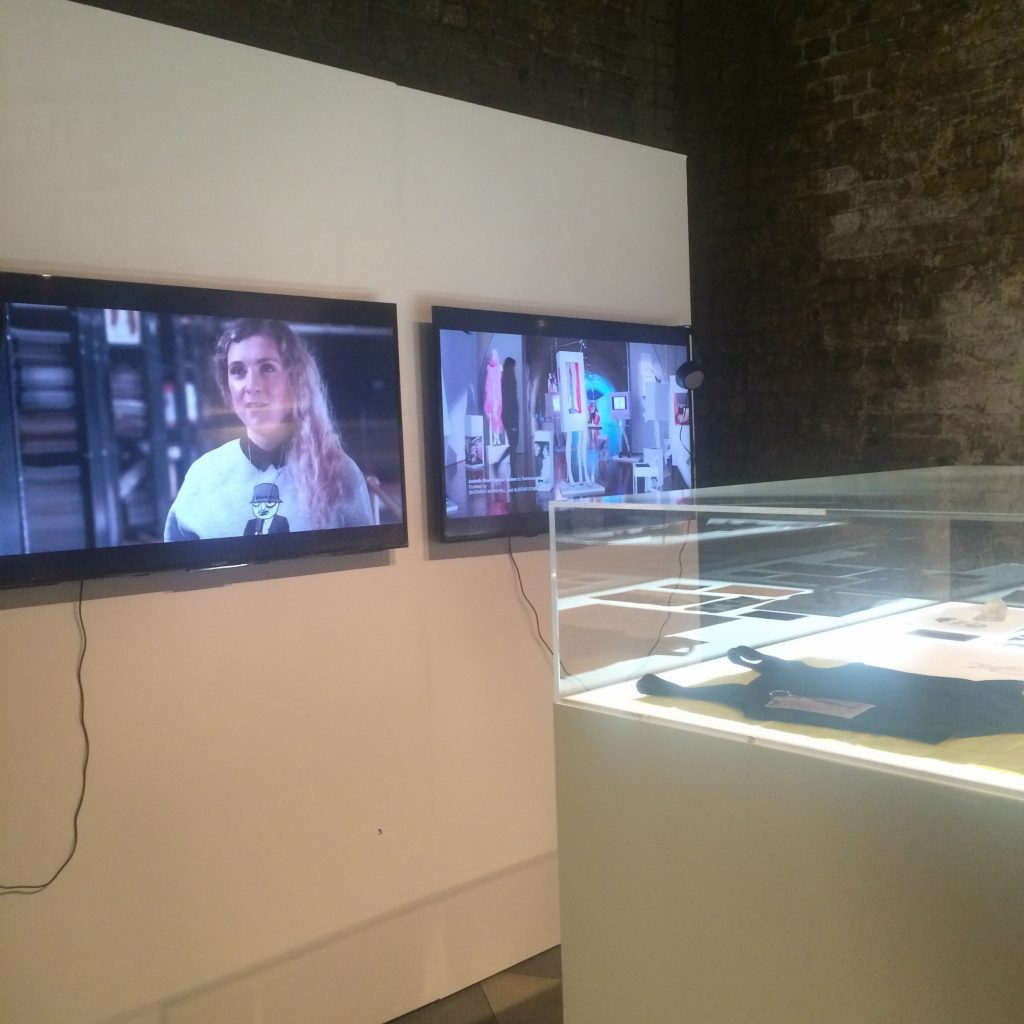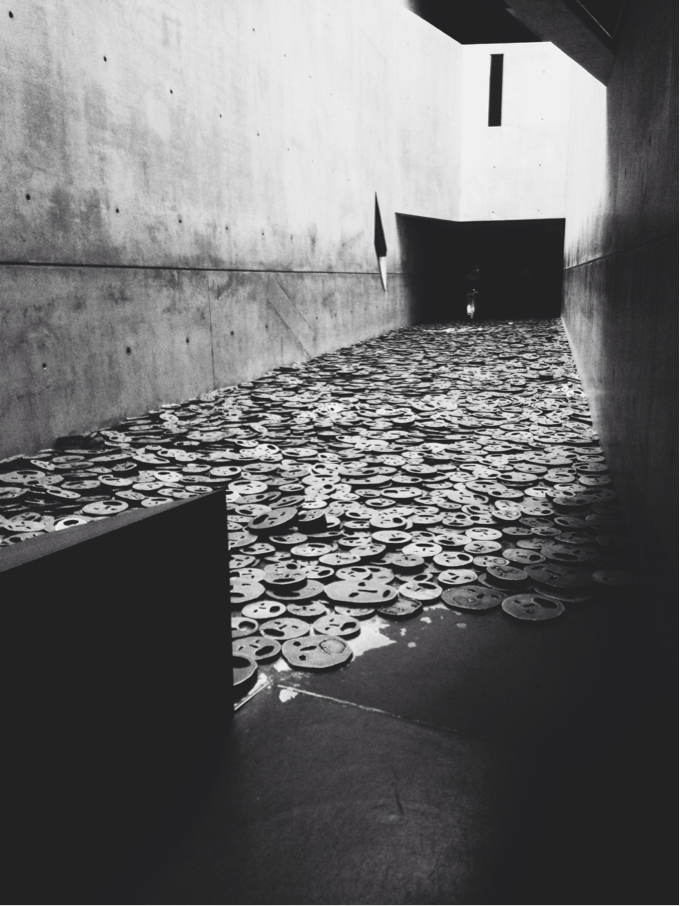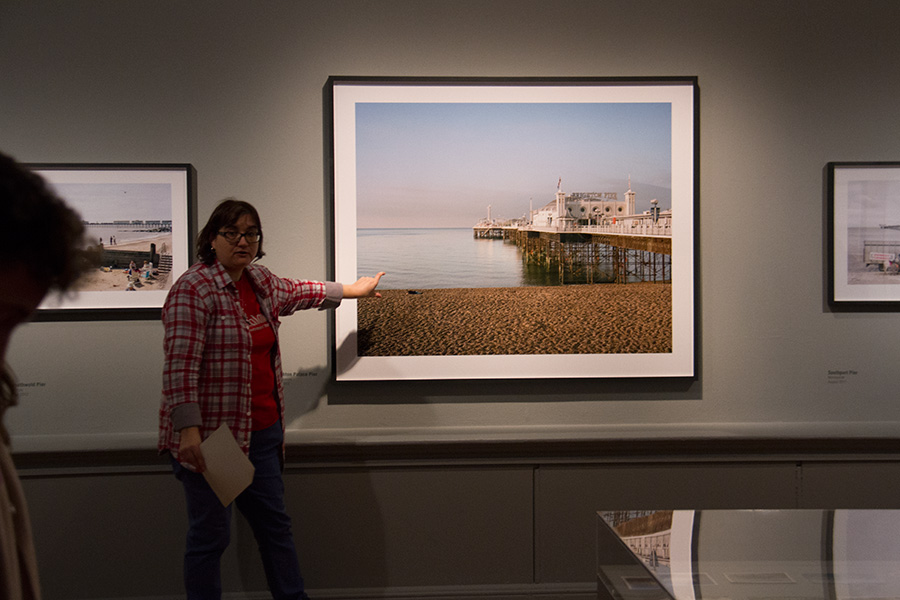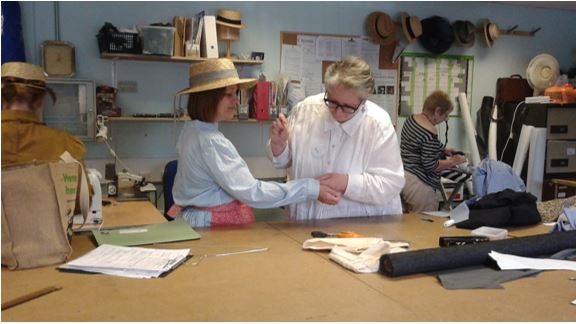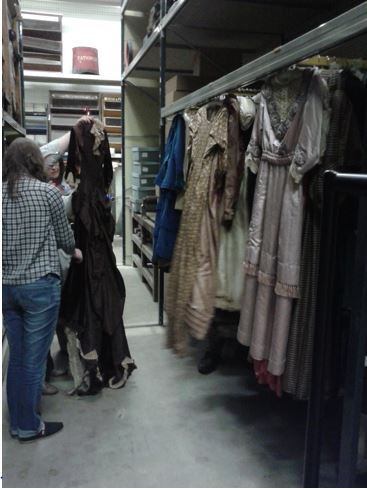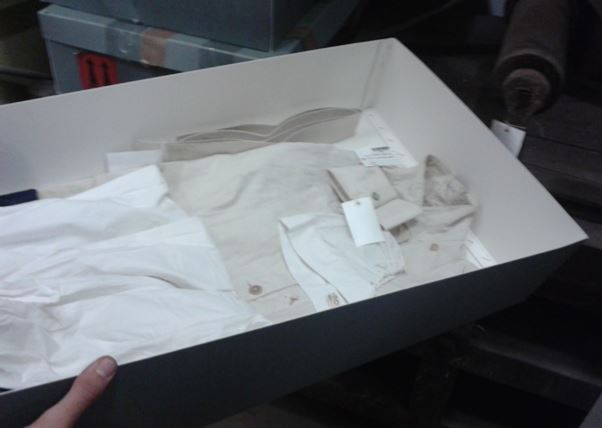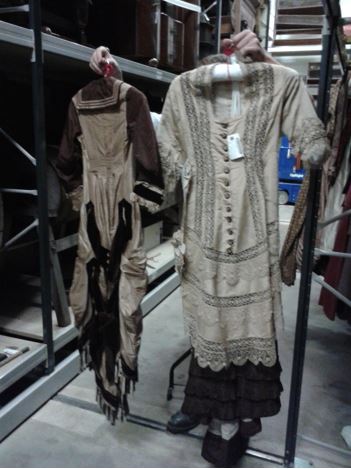What does it mean to exhibit fashion today? Student Jade Bailey-Dowling (BA (hons) Fashion and Dress History) visited the London College of Fashion event Perspectives on Fashion Curation to find out.
For a two week period, London College of Fashion (LCF) took over House of Vans in Waterloo with an exhibition and programme of events called Found In Translation, showcasing work from the School of Media and Communication postgraduate courses at LCF. These include Master’s courses of interest to Brighton’s History of Art and Design BA programme students including Costume for Performance, Fashion Cultures, and perhaps most relevant for those studying Fashion and Dress History, Fashion Curation.
On Friday 17 February, I attended Perspectives on Fashion Curation: a series of presentations by some of the leading figures who teach on LCF postgraduate programmes in Fashion and Dress History and Fashion Curation. The event was chaired by Ben Whyman, the manager for Centre of Fashion Curation, and began with presentations from several experts in the field talking about different areas of fashion curation and exhibition making.
Susanna Cordner introduced the London College of Fashion Archive which is open by appointment only and has a vast array of fashion objects, literature and other artefacts. The collection includes 650 shoes from the Cordwainer College Archive dating back to the 18th century. Cordner has worked hard to create an immersive experience from the archive and organises events such as the Object Reading Group, where an object is presented and attendees discuss them, and Sartorial Stories, when a guest speaker from the industry, from designers to editors, bring in an object and discusses it in relation to their career and the fashion industry.
Jeff Horsley explored concepts of exhibition making, and spoke in great detail about the fashion displays in Antwerp that he has been researching for his PhD. Themes of his talk included the importance of exhibition entrances, concepts of what ‘objects’ are within a museum context and the use of mannequins for historical dress vs. contemporary haute couture that could be displayed on a live model. This is something Claire Wilcox – curator of the exhibition Alexander McQueen: Savage Beauty – has explored with Fashion in Motion at the V&A by presenting contemporary fashion on live models around the museum rather than confined to a glass cabinet. Wilcox, who began working at the V&A in 1979, also spoke about changes in fashion collecting and the shifting attitudes towards fashion exhibitions and contemporary designers in a museum collection.
The penultimate presentation was an overview of the Fashion Space Gallery that is at the campus just off Oxford Circus. The space relaunched in 2014 and was described by Ligaya Salazar, the gallery director, as an ‘interdisciplinary incubator of ideas about fashion” and a “think tank for curatorial ideas and experimentation.” Although it is a small space, there is arguably more freedom than at a larger establishment, leading to innovative use of space and creative curatorial decisions. The current exhibition, Museum of Transology, curated by E-J Scott, documents objects of importance to members of the trans community and runs until 22 April 2017.
Their work also goes outside of the gallery with the travelling Polyphonic Playground. This off-site project is a kind of playground apparatus that can be used to make sound art as all of the surfaces use touch technology or electrical conducting thread to create sound. Similarly, Alison Moloney spoke about a traveling exhibition she worked on called Cabinet Stories in which 7 curators would use the small cabinet space to display objects in different venues, including a women’s prison, an NHS hospital ward for people with suffering with personality disorders, a charity shop in Poplar and an old peoples home. At all the venues, people were encouraged to then display objects that meant a lot to them. This meant that people could get involved from the community in curation, showing the diversity of fashion outside of the museum. Moloney also introduced the project 1914 – Now, a series of films and essays summarising the themes of this event, which was displayed in the exhibition space at House of Vans and also available on SHOWstudio. Fashion films explore initiative ways to present fashion using film, visuals and sound, much in line with the inovations presented at this talk related to new ways to exhibit fashion and dress.
The final portion of the event was a panel discussion with Amy de la Haye, Alison Moloney, Jeffrey Horsely, Ligaya Salazar, and Claire Wilcox, where they discussed what curation meant for them, motivations when creating an exhibition and generally what it is like to curate a fashion exhibition. It was fascinating to hear differing approaches on the subject of fashion curation and to learn more about how experimental the field is.

